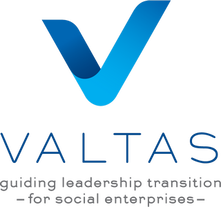THE LATEST FROM VALTASNews, updates, and stories to keep you in the know.
|
Nonprofit organizations that are burning through cash typically can’t just ask their donors and partners for more money without first stemming the tide of cash outflows. Funders want to see that an organization is being a good steward of their finances before they are willing to continue (or increase) their contributions. But even aside from the discussion around future funding requests, an organization must shore up their spending to remain viable into the future. If your organization is burning through cash, the time to stop the unchecked outflow of funds is now! Use these tips to analyze and reduce spending to improve your nonprofit’s financial position. Eliminate Waste The biggest cash killer is waste! Analyze where money is being spent on things that are not serving your mission in any way and determine what you can do to reduce that waste as much as possible or eliminate it altogether. Don’t just focus on the most obvious places where waste usually exists either. Look beyond common culprits like office supplies, marketing collateral, and excess food costs. Think about areas like travel costs, technology, program supplies, and employee overtime. Determine how you can trim costs in places where they aren’t having a positive effect on how well you can serve your audience. Evaluate Program Costs Do you know how much you’re spending on each program you offer? Lean into the data to understand where money is being spent and what the return is for that investment. Determine what your direct and indirect costs are for each program you offer and then analyze those costs to make strategic decisions about what the future of those programs should look like to improve your cash position. When cuts need to be made aim to make them without affecting key programs and activities. Use this free cash flow calculator tool to improve your nonprofit financial management efforts now! When spending gets out of control and it looks as if cuts will need to be made, you want to be sure you have an accurate accounting of what each program and initiative is costing the organization, which is why it’s so important to assign all costs to a program. Be sure to include how much staff time is dedicated to each initiative or program. Compare that to what you were spending on that initiative or program 3 years ago and even 5 years ago. This will give you a sense of how expenses have changed over time, which may have led you to this situation. It’s easy to blame COVID or some other external influences for revenue shortfall, but this may not get to the real heart of the problem. While those may have had an impact on revenue it is equally likely that priorities and passion may have slowly shifted to new ideas that look great on paper, but that do not inspire revenue/donations to support them.
Assess Staffing Expenses Evaluate hiring decisions closely – hiring only when it makes financial sense to do so. When there’s work that needs to be done and your existing staff is out of capacity, explore the possibility of outsourcing it. Hiring a third-party to undertake necessary tasks like accounting, payroll, HR, web support, event planning, etc. is a good way to gain access to skilled professionals without needing to take on the added costs like payroll taxes, benefits, and training that accompany an in-house hire. Additionally, outsourcing allow an organization to control its costs by converting fixed costs into variable costs, improving organizational flexibility and ongoing cash flow. When employees do need to be hired internally, look for ways to implement creative compensation strategies with new hires. Remember, compensation is about more than just simply the dollar value of the offer. Look for ways where additional benefits or perks can be just as appealing to top candidates – things like childcare, remote work capabilities, a more senior job title, tuition reimbursement, or a flexible work schedule. Keep Fundraising No matter how tempting it may be, don’t stop fundraising! Sometimes organizations that are hurting for cash will unintentionally stop spending money on the very activities that are vital to their long-term viability. Fundraising is one example of this kind of shortsighted thinking. Fundraising efforts are one expense that your organization cannot afford to curtail! You can’t turn the ship around without cash, so continue to invest in fundraising efforts. Remember, the stronger the organization is, the more options you’ll have moving forward. Evaluate Ongoing Mission Delivery If you are being presented with a deficit budget, but given a rationalization like, “It’s just a timing issue that will correct itself once we get X, Y, and Z up and running!” – don’t believe it! If you have an entrepreneurial board who absolutely loves risk, you might be fine. But even then, remember that part of your duty as a leader is to watch out for the long-term existence of the organization’s mission – not just its bottom line. So, start with your core mission and determine which metrics related to mission delivery you are meeting and surpassing over time. Then, look at what seems to be stagnant. Remember, shiny new programs and initiatives can be sexy and intoxicating but they can also be signs that your leadership has been pulled off mission and are busying themselves with fun, new priorities while your core mission is languishing. Evaluate whether the new cash drain can also be tied to new initiatives that aren’t paying for themselves. Make a Strategic Plan If you get to a point when your nonprofit’s future is uncertain, the organization needs to re-ground itself. Go back to why your organization was founded in the first place. Do an exercise where you imagine a world without your organization. What is the first and most important thing your organization could do in that situation. In other words, get back to basics and get tough! Once you do that exercise, you ease the stress on both the board and staff. It gives them a restart mandate, which is exciting to mission-driven people! If your current leadership is not up to that restart mandate, you can try to hire a turnaround Executive Director. You might also investigate the option to roll up into another organization instead. If you have a strong and well-respected organization, you may be able to reach a deal with another nonprofit to merge. A merger would allow your organization to continue doing the good work it does while getting financial help from a partnering organization that’s better posed for long-term success. Collaborating with another organization closely aligned to your mission may lend some measure of added funds that can improve your organization’s financial position. Of course, each collaboration opportunity is unique, and will need to be evaluated independently to determine what’s going to be best for all parties involved. When you need nonprofit leadership help, please reach out to us! Our team of nonprofit consultants has the experience needed to come alongside your organization to help make and execute a strategic plan that’s successful and sustainable. Whether you need strategic operations support, board advisory services, executive nonprofit recruiting, mission setting, interim leadership, or better nonprofit financial management, we can help! Put our decades of experience to work for your organization. Contact us today to find out more! Comments are closed.
|
THE LATEST FROM VALTAS
You are welcome to subscribe to get the latest news, updates and insights from our team. Subscribe:Ask Valtas!Categories
All
Archives
July 2024
|


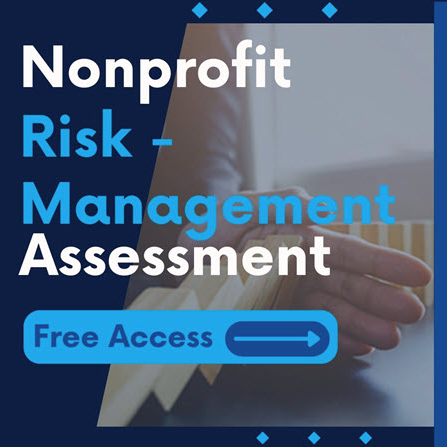
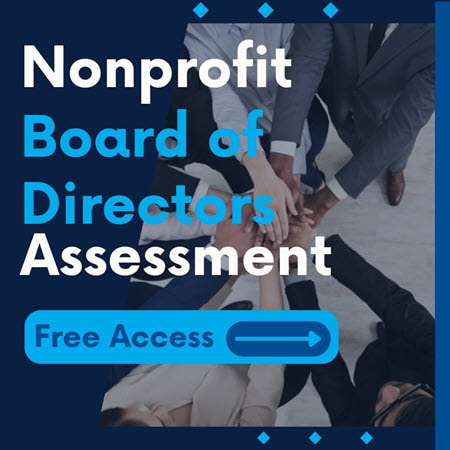
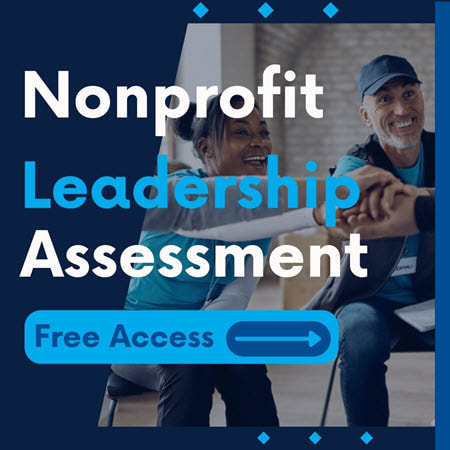
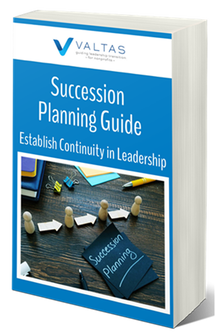
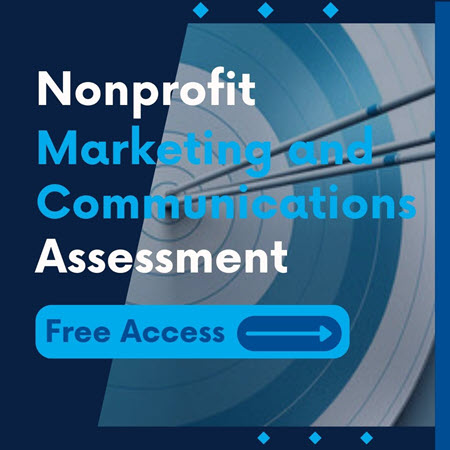
 RSS Feed
RSS Feed
